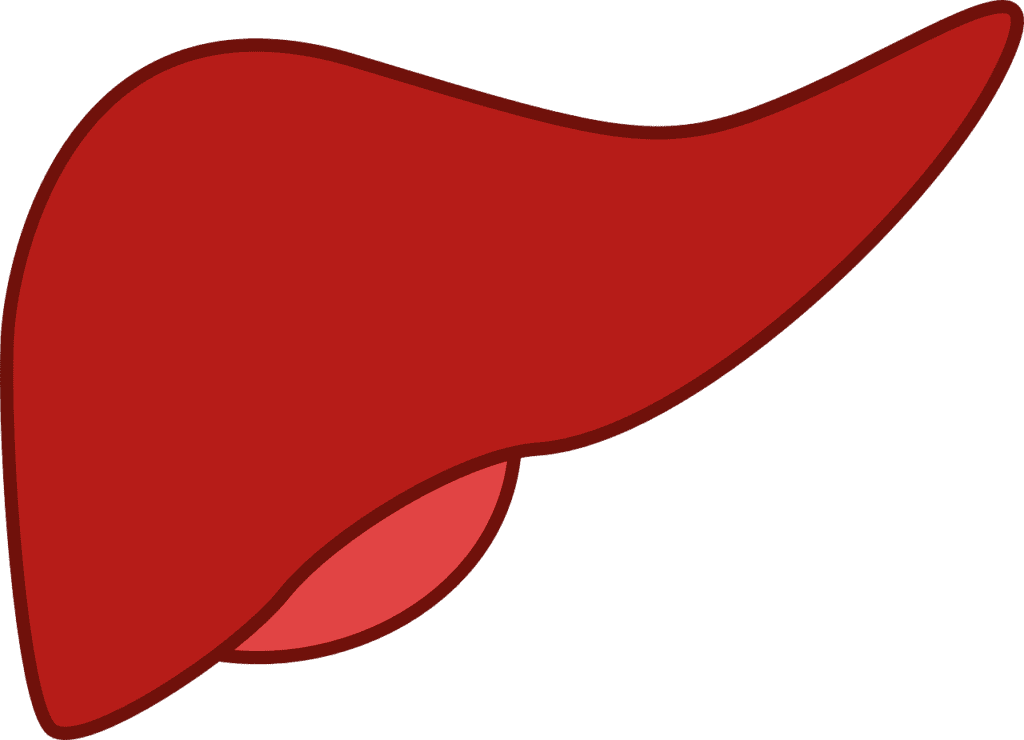Fatty liver disease, which can be caused by alcohol consumption or can be unrelated (nonalcoholic fatty liver disease/NAFLD), belongs to a larger group of conditions that have been labeled as “silent killers.” The lack of symptoms early in disease progression does not allow for an early diagnosis or the proper treatment, which allows the condition to develop into something more serious, such as nonalcoholic steatohepatitis (NASH). By this time, treatment is more difficult and there is less that can be done. For this reason, Express has released a list of facts that may tip you off to NAFLD.
How Do Doctors Diagnose Fatty Liver Disease?
The most common test to diagnose the liver condition is a form of blood test called a liver function test. This test will alert doctors if your liver is not functioning correctly, and it will also rule out other, more common conditions like hepatitis. Unfortunately, this test is not always successful. Doctors may use an ultrasound to aid in diagnosis if this is the case.
How Do I Know If I’m At Risk?
Doctors are not entirely sure as to why some people accumulate fat in the liver and others do not. In a similar sense, there is no known reason as to why some livers become inflamed. On the other hand, they have identified a number of risk factors that put you at a higher risk of NAFLD. They include obesity, high blood sugar, high fat levels in the blood, and insulin resistance.
How Do I Stop the Progression of NAFLD?
If you are at a high risk or have already been diagnosed with NAFLD, there are a number of lifestyle changes that you can make to slow or stop disease progression. Losing weight or maintaining a healthy weight is one of the best things to do, as it can lower the fat buildup in the liver and even reverse some of the scarrings.
Other changes to make include safe and healthy alcohol consumption and regular exercise.
What is NASH?
As NAFLD often progresses into NASH, it is important to know what it is. Nonalcoholic steatohepatitis occurs when the accumulation of fat in the liver leads to fibrosis and inflammation in those who consume little to no alcohol. Doctors aren’t exactly sure why some people develop this condition while others do not, but they have identified a number of risk factors: type 2 diabetes, obesity, metabolic syndrome, and high cholesterol.
Regardless of cause, symptoms include fatigue, nausea, weakness, vomiting, jaundice, loss of appetite and weight, abdominal pain, mental confusion, itching, spider-like blood vessels, and swelling in the legs and abdomen. To combat these symptoms, doctors recommend losing weight, finding a healthy diet and exercise schedule, controlling diabetes, avoiding alcohol, and lowering cholesterol.








